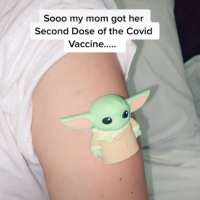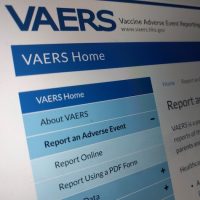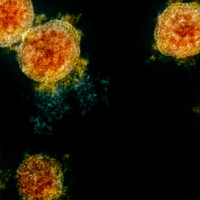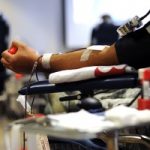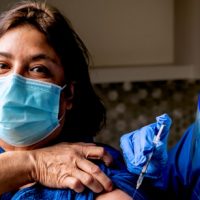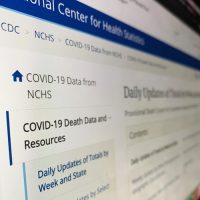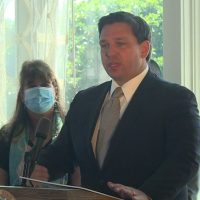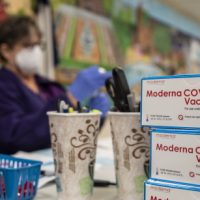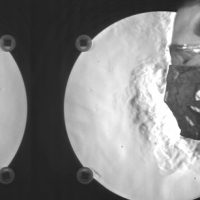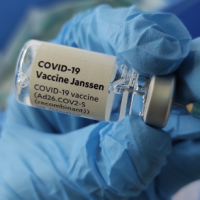The ingredients in the COVID-19 vaccines authorized for use in the U.S. are publicly available. Yet a false claim that the vaccines contain microchips is receiving renewed attention through a spate of videos of people claiming that magnets stick to their arms after vaccination. Experts say none of the ingredients would cause this supposed effect.
Misconception: COVID-19 Misconceptions
Tucker Carlson Misrepresents Vaccine Safety Reporting Data
The Vaccine Adverse Event Reporting System accepts any reports of adverse side effects following vaccination to help regulators detect potential problems. Anyone can submit a report, whether or not the incident is vaccine-related. Fox News host Tucker Carlson misrepresented the VAERS data to suggest that thousands have died from COVID-19 vaccines.
So Far, Vaccines Remain Effective Against Variants
Post Misleads on Japan’s Policy for Donating Blood After COVID-19 Vaccination
Japan only recently adopted guidelines for accepting blood donations from those who have received COVID-19 vaccines. The guidelines are intended to give donors time to get over any side effects from the vaccine. Without providing that context, a social media post misleadingly claims Japan is “refusing” blood donations from vaccinated people.
No Scientific Basis for Vaccine ‘Shedding’ Claims
COVID-19 vaccines do not contain a live virus, so there isn’t a biological path for a vaccinated person to “shed” the SARS-CoV-2 spike protein to those around them. Nor is there any evidence the vaccines cause reproductive problems. That means there’s no basis for social media claims that “shedding” causes reproductive issues in unvaccinated people.
Viral Post Misleads on COVID-19 Death Reporting, Vaccine Monitoring
A tweet that migrated across social media platforms falsely suggests that any deaths in the 20 days following positive COVID-19 tests are to be attributed to the disease, “no matter what other factors were involved.” There is no such policy. And there’s also no evidence for the post’s suggestion that the vaccines are causing deaths that are being ignored.
Meme Featuring DeSantis Presents Misleading Picture of COVID-19 and Vaccine Safety
COVID-19 was the third-leading cause of death in the U.S. in 2020. But a meme featuring Florida Gov. Ron DeSantis minimizes the toll the pandemic already has taken — particularly among the elderly. The meme also questions getting inoculated, despite the safety record of the vaccines and DeSantis’ public support for vaccines.
Vaccines Benefit Those Who Have Had COVID-19, Contrary to Viral Posts
There is no evidence that vaccines could cause harm to people who already have been infected with SARS-CoV-2 or have become ill with the disease COVID-19. On the contrary, recent studies show the vaccine gives an important immunity boost to those previously infected and suggest that one dose might be enough.
Stories Falsely Cite ‘Stanford Study’ to Misinform on Face Masks
Stanford Medicine says it “strongly supports the use of face masks to control the spread of COVID-19.” Yet viral stories falsely claim a “Stanford study” showed that face masks are unsafe and ineffective against COVID-19. The paper is a hypothesis, not a study, from someone with no current affiliation with Stanford. Update: The paper was retracted.
